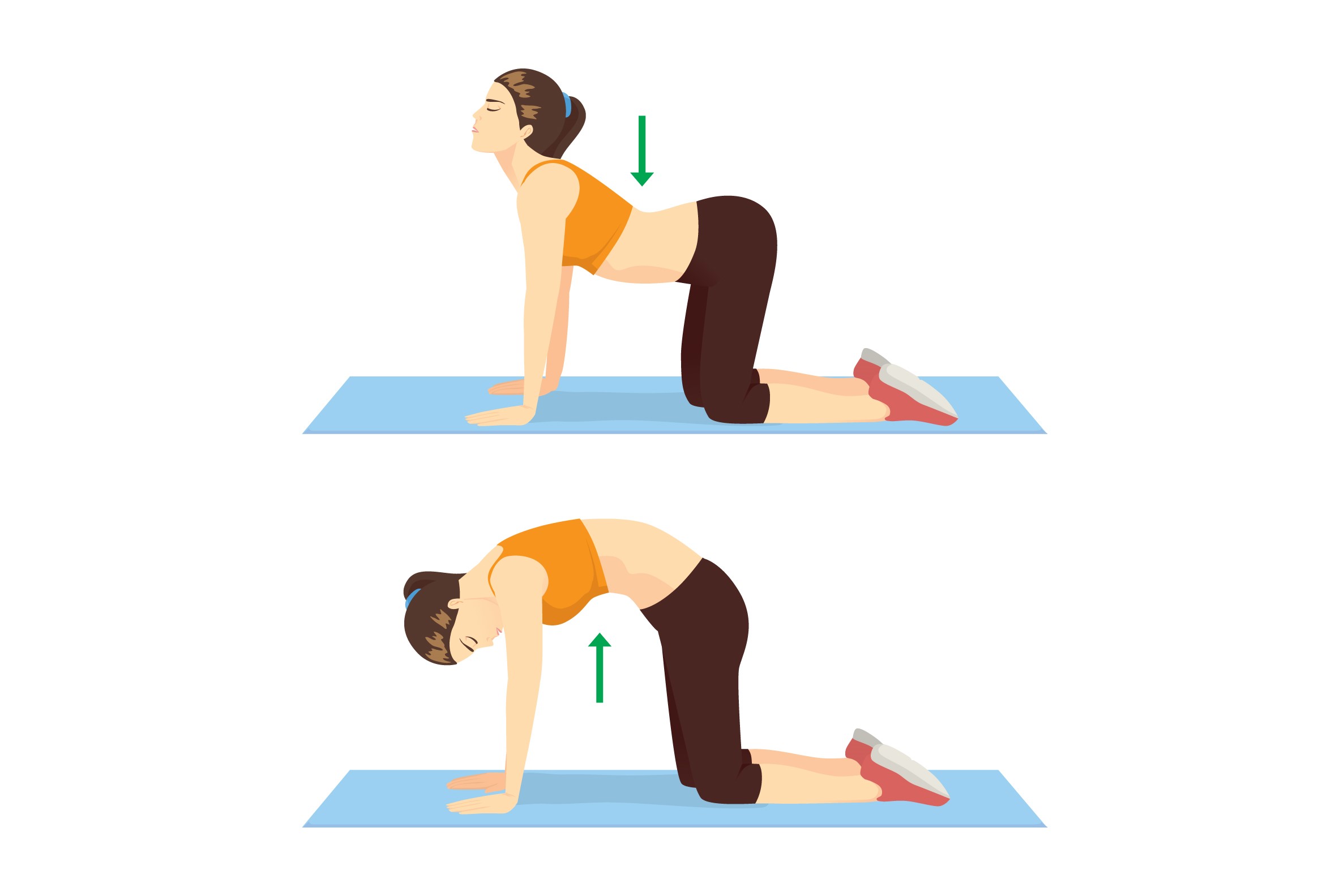ADHD (Attention Deficit Hyperactivity Disorder) affects millions of children and adults worldwide, causing inattention, impulsivity, and hyperactivity. While medication is common, yoga provides a natural, holistic, and sustainable way to manage symptoms. Yoga combines physical movement, breath awareness, and mindfulness practices that help regulate the nervous system, enhance focus, and improve emotional balance.
Understanding ADHD Deeply
ADHD is more than restlessness or distraction; it is a complex neurodevelopmental condition linked to dopamine dysregulation and executive function challenges. Kids may struggle with schoolwork, social interaction, and hyperactivity, while adults may face difficulties in work productivity, relationships, and emotional regulation. Yoga can improve brain function by increasing oxygen flow, calming the sympathetic nervous system, and enhancing self-regulation.
Why Yoga is Effective for ADHD
Yoga targets three key areas affected by ADHD: focus, emotional regulation, and energy control. Dynamic poses engage the body and mind, while stillness poses train attention. Breathing exercises stimulate the parasympathetic nervous system to reduce stress. Consistent practice rewires neural pathways for better executive functioning.
Yoga for Children with ADHD
Benefits for Children
Yoga helps children with ADHD by improving attention span, reducing hyperactivity, enhancing body awareness, increasing flexibility, and supporting emotional regulation. Fun and interactive sessions increase engagement and motivation.
Recommended Poses

Tree Pose (Vrksasana) helps children improve balance and focus.
Butterfly Pose (Baddha Konasana) calms the nervous system and enhances flexibility.

Cat-Cow Pose (Marjaryasana-Bitilasana) helps release tension and restlessness.

Downward Dog (Adho Mukha Svanasana) channels energy positively for children.

Child’s Pose (Balasana) helps children relax after hyperactive periods.
Breathing Exercises for Kids
Fun breathing exercises like Bunny Breath, Balloon Breath, and Lion’s Breath help children learn breath control, increase focus, and calm hyperactivity.
Mindfulness Games
Interactive mindfulness games such as “Freeze and Focus” or “Yoga Animal Adventure” teach children to pause, focus, and observe their energy.
Yoga for Adults with ADHD
Challenges Adults Face
Adults with ADHD often deal with poor focus, emotional reactivity, stress, and difficulty prioritizing. Yoga helps build attention, reduce stress, enhance mindfulness, and improve sleep quality.
Recommended Poses

Warrior II Pose (Virabhadrasana II) improves focus, stability, and grounding for adults.

Eagle Pose (Garudasana) enhances concentration and balance.

Seated Forward Bend (Paschimottanasana) calms the nervous system and improves focus.

Bridge Pose (Setu Bandhasana) relieves fatigue and increases energy.

Corpse Pose (Savasana) teaches relaxation and resets the mind.
Breathing & Mindfulness Techniques for Adults
Box Breathing, Alternate Nostril Breathing, and Ujjayi Breath help adults regulate stress, maintain focus, and improve sleep. Integrating short mindfulness meditations before or after yoga enhances attention and emotional control.
Daily Yoga Routine for ADHD
Here’s a deep ADHD-friendly daily routine combining poses, breathwork, and mindfulness:
- Morning: Tree Pose + Warrior II + 5 min Balloon Breath (Focus Boost)
- Midday: Seated Forward Bend + Cat-Cow + 5 min Box Breathing (Energy Reset)
- Evening: Child’s Pose + Bridge Pose + Alternate Nostril Breathing (Calm & Sleep Preparation)
Nutrition & Lifestyle Tips for ADHD
Yoga works best alongside proper nutrition and lifestyle habits:
- Eat protein-rich breakfasts to stabilize energy.
- Limit sugar and processed foods to reduce hyperactivity.
- Maintain regular sleep schedules for improved focus.
- Use short, frequent breaks for movement throughout the day.
- Practice mindfulness and gratitude journaling to enhance emotional balance.
FAQs
Can yoga replace ADHD medications?
Yoga complements but does not replace medications. It provides symptom management naturally alongside medical treatment.
How often should one practice ADHD yoga?
Daily practice, even 10–20 minutes, yields the best results. Consistency is key.
Is yoga safe for children with ADHD?
Yes, with guidance and age-appropriate poses. Fun, interactive exercises increase adherence.
Can adults benefit even if they didn’t do yoga as children?
Absolutely! Adult brains retain neuroplasticity, and yoga helps improve focus, reduce stress, and enhance executive function at any age.
Conclusion
Yoga is a scientifically-supported, holistic approach to managing ADHD for both kids and adults. With daily practice, structured routines, and mindfulness integration, individuals can significantly improve focus, emotional regulation, and energy balance. Begin your journey with YogaEndless to access ADHD-friendly programs, guided sessions, and community support to stay consistent and motivated.
